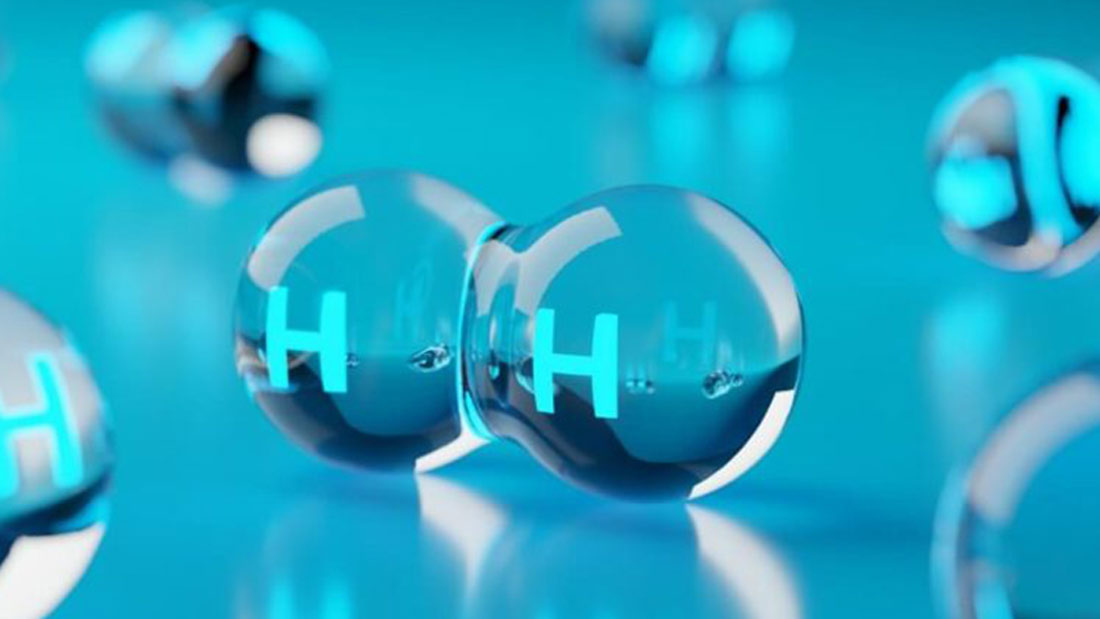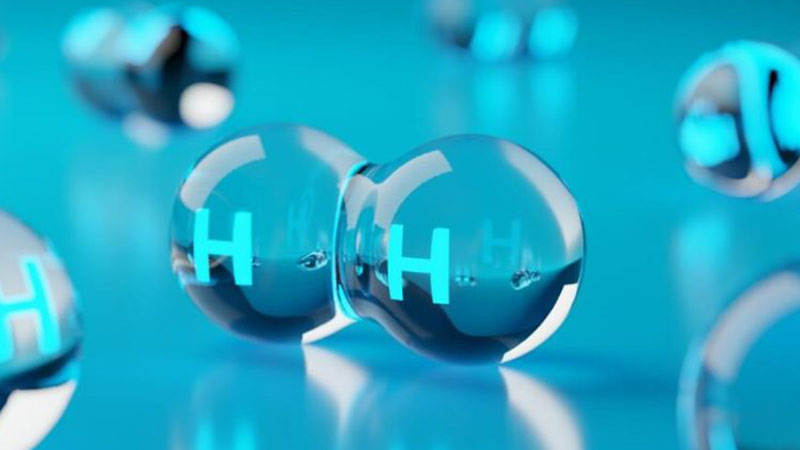
By Naomi Jabbari, P.E – Heat transfer engineer, S&B Engineers & Contractors
The global energy market is preparing for an energy transition in the decades ahead. Satisfying the growing energy demand while reducing the risks of global warming and social costs from climate change is a big challenge in the energy economy. An energy transition to reach net zero carbon dioxide emission by 2050 is needed to address this challenge, according to the roadmap provided by International Energy Agency (IEA) issued in May 2021 and global discussions at COP 26, November 2021.
To explain the rapid change in the energy market based on working towards Net Zero by 2050, data shows renewable energy supply and consumption will continue to increase through 2050. Despite the benefits of renewable energy, the transition to its large-scale use will not be an easy process due to large land use, high labor cost, dependency on weather conditions, issues with storage systems and batteries due to requirements for rare minerals, new infrastructures, and distribution systems. To protect global energy security and orderly transition, fossil fuels with carbon capture technology will remain in the energy market for reliable and sustainable energy supply.
Why is an energy transition required?
The main reason is “global warming”. In 1824, Joseph Fourier discovered the greenhouse gas effect. We know CO2 and other greenhouse gases trap heat in the earth atmosphere. Human activities produce more CO2 than the atmosphere and oceans have historically been able to absorb. In 1988, the UN’s Intergovernmental Panel on Climate Change (IPCC) was formed to study human activity in climate change. Global temperature has been increased since 1970 as industrial activities increased fossil fuel combustion for energy supply. Increasing temperature and carbon dioxide emissions will continue with population and economic growth and current policy and technology trends.
In 2014, IPCC introduced the Representative Concentration Pathway (RCP) describing different levels of greenhouse gases that might happen in the future to predict global temperature increase by the end of 21 century. The Paris Agreement saw countries agreeing for the first time to work together to limit global warming to well below 2 degrees, and Sustainable Development Scenarios were developed to reach the goals from 2015. With COP 26 in November 2021, energy transition and climate change discussions continued about limiting global warming to 1.5 degrees based on a Net Zero Emis-sion pathway by 2050.


